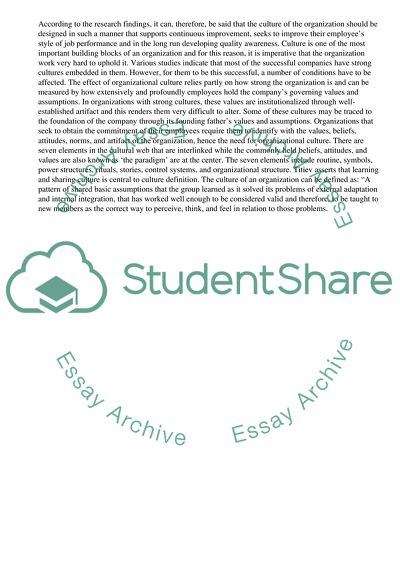Cite this document
(“How Companies Use Their Structure, Culture and Team Resources to Essay”, n.d.)
How Companies Use Their Structure, Culture and Team Resources to Essay. Retrieved from https://studentshare.org/business/1619027-understanding-how-companies-use-their-structure-culture-and-team-resources-to-develop-competitive-advantage
How Companies Use Their Structure, Culture and Team Resources to Essay. Retrieved from https://studentshare.org/business/1619027-understanding-how-companies-use-their-structure-culture-and-team-resources-to-develop-competitive-advantage
(How Companies Use Their Structure, Culture and Team Resources to Essay)
How Companies Use Their Structure, Culture and Team Resources to Essay. https://studentshare.org/business/1619027-understanding-how-companies-use-their-structure-culture-and-team-resources-to-develop-competitive-advantage.
How Companies Use Their Structure, Culture and Team Resources to Essay. https://studentshare.org/business/1619027-understanding-how-companies-use-their-structure-culture-and-team-resources-to-develop-competitive-advantage.
“How Companies Use Their Structure, Culture and Team Resources to Essay”, n.d. https://studentshare.org/business/1619027-understanding-how-companies-use-their-structure-culture-and-team-resources-to-develop-competitive-advantage.


